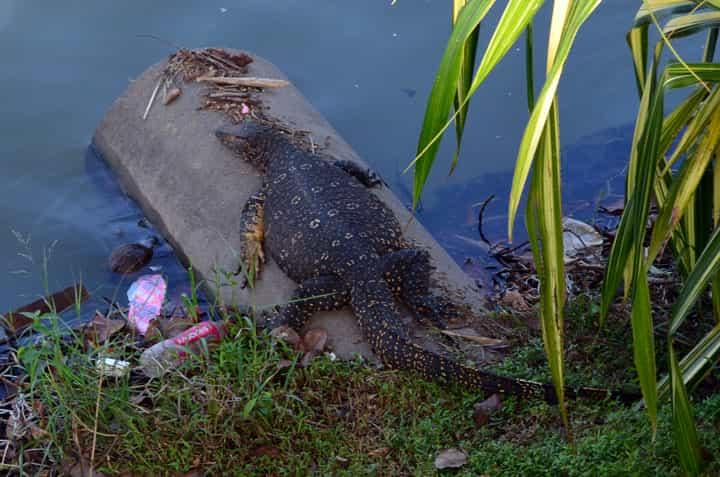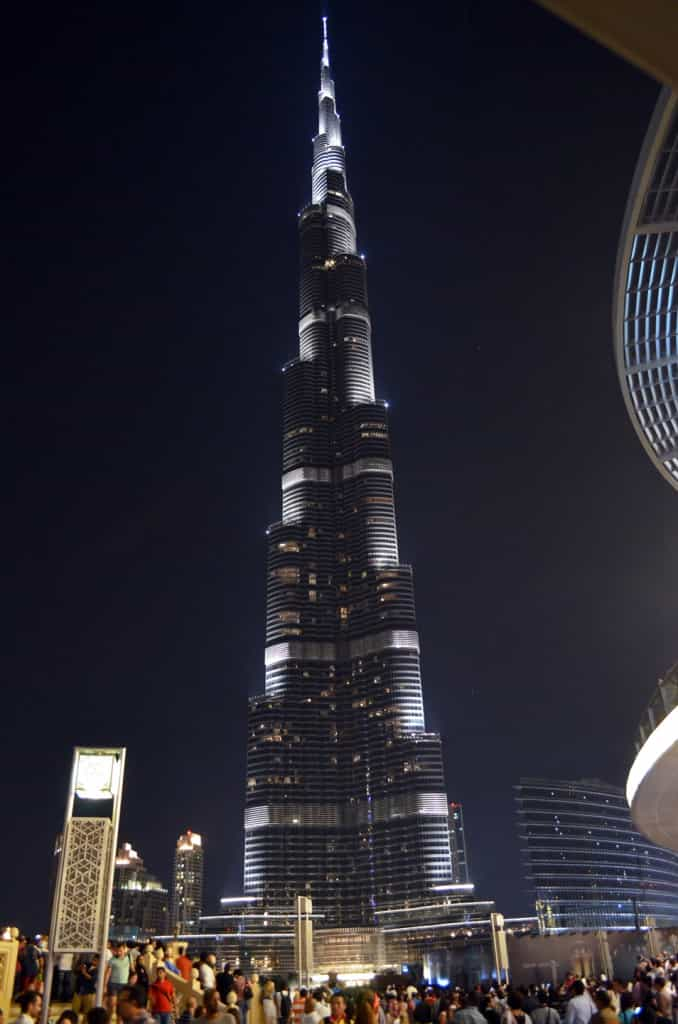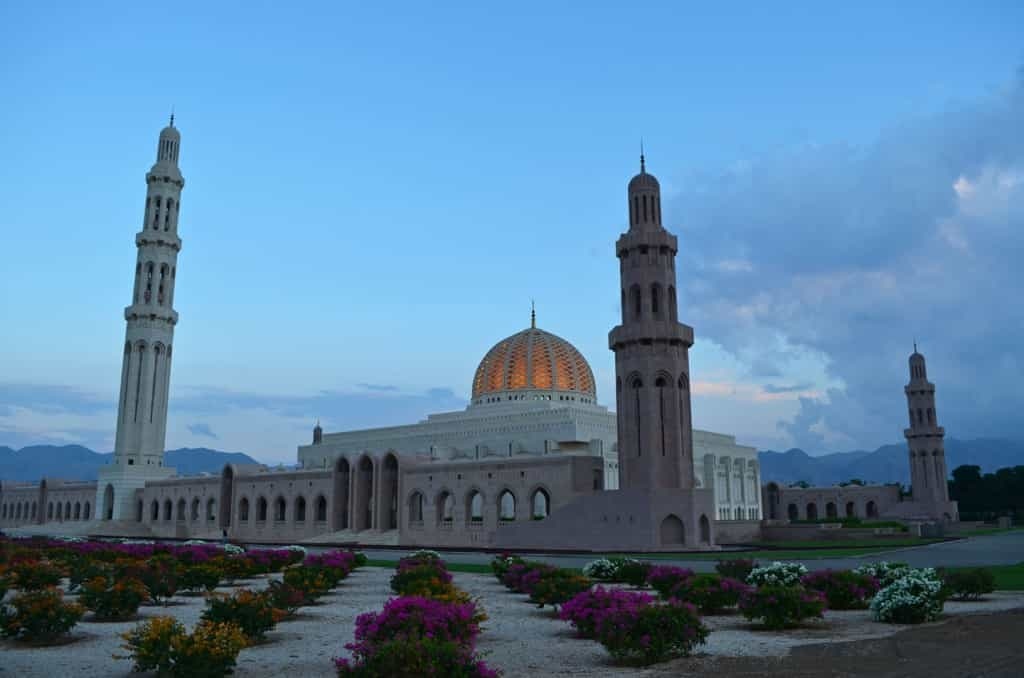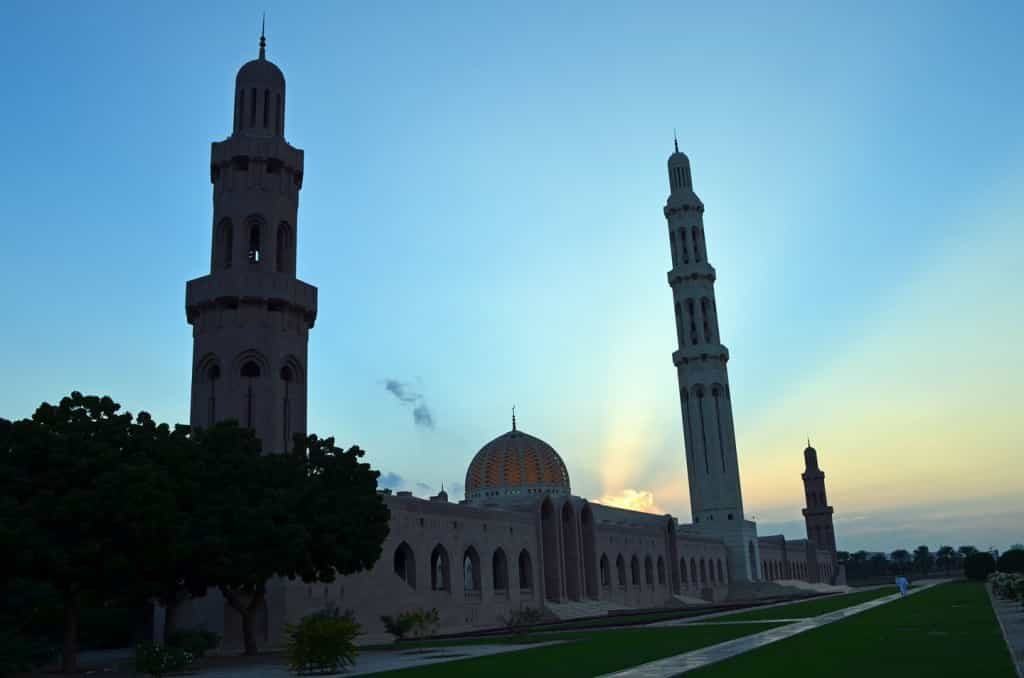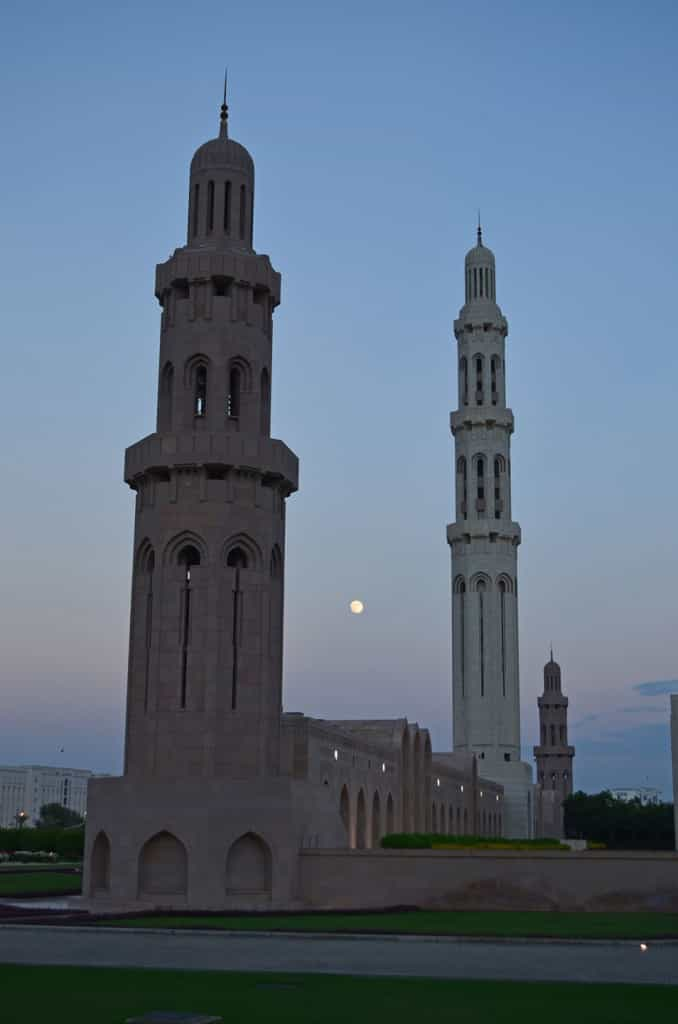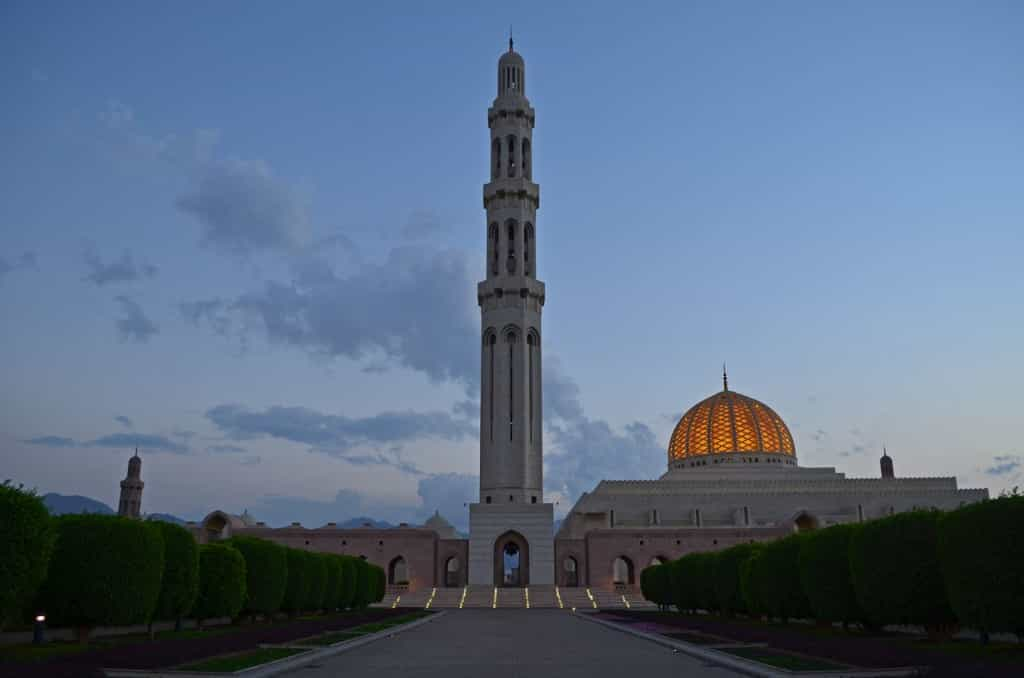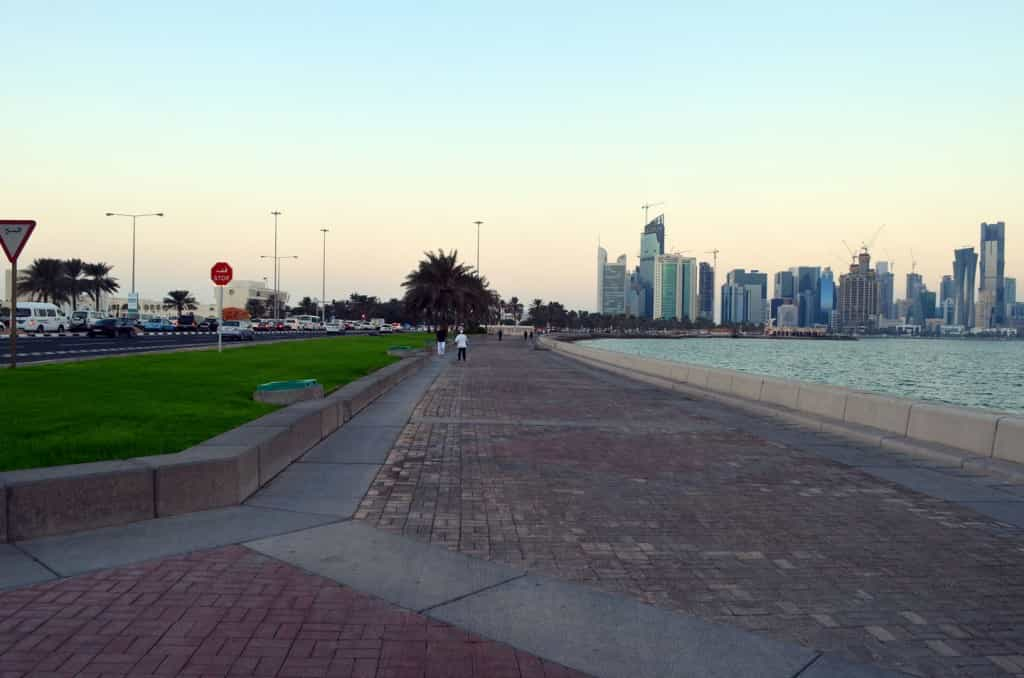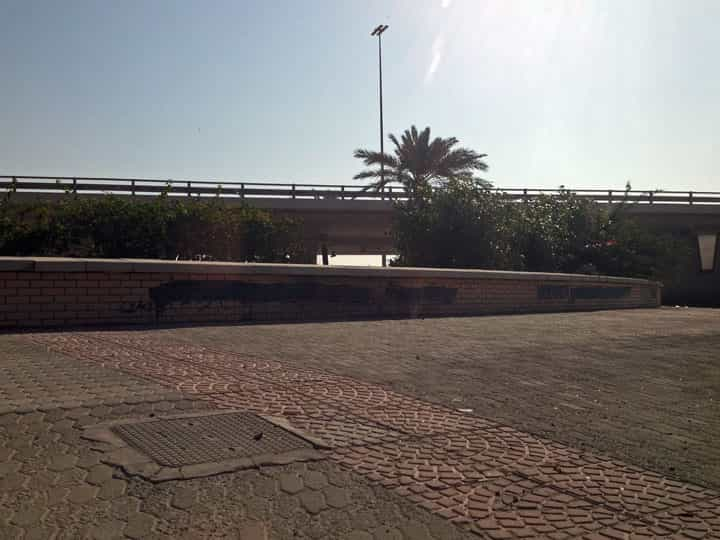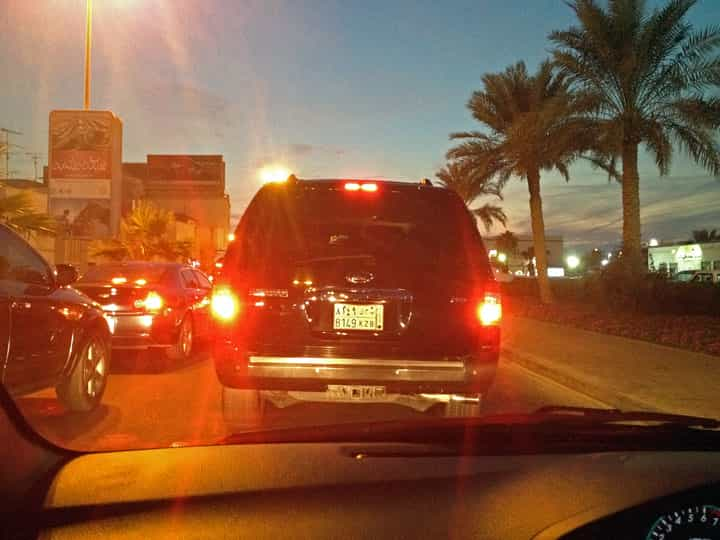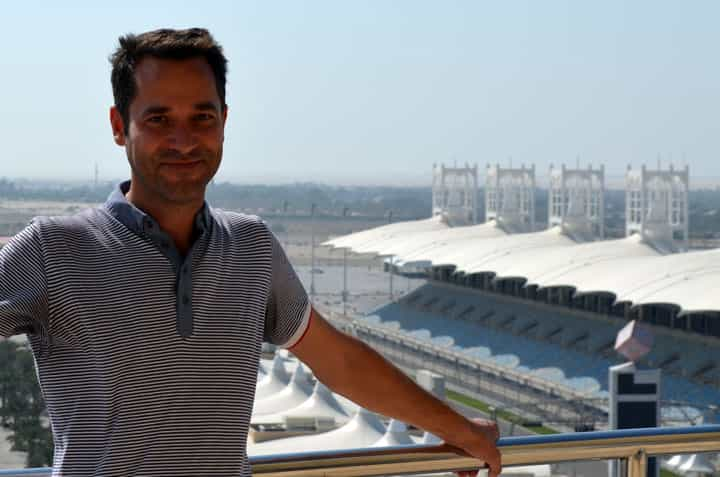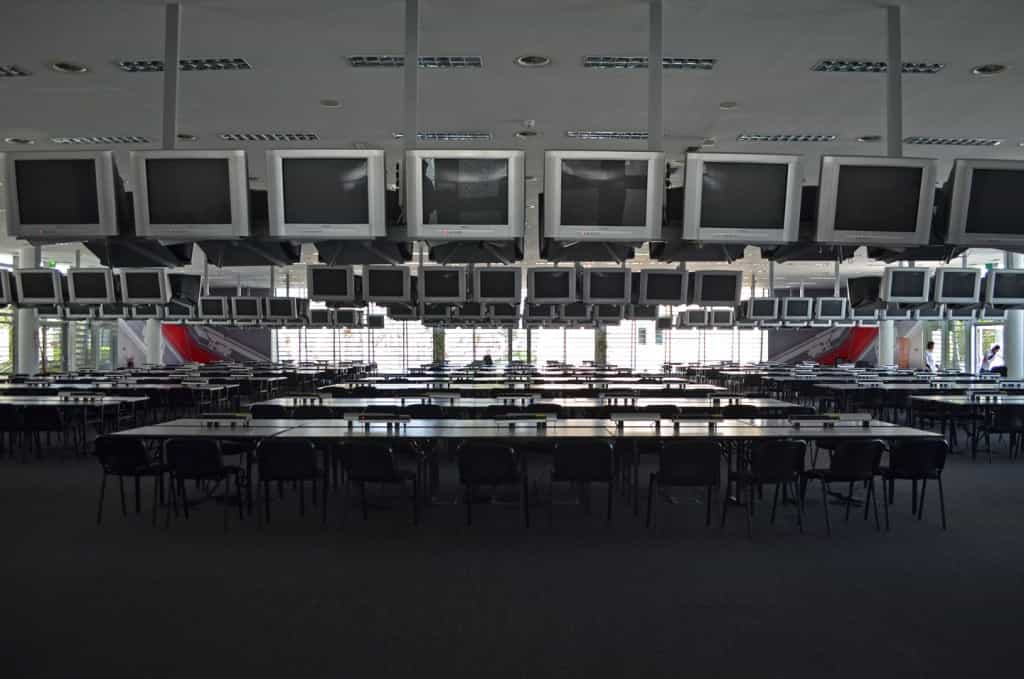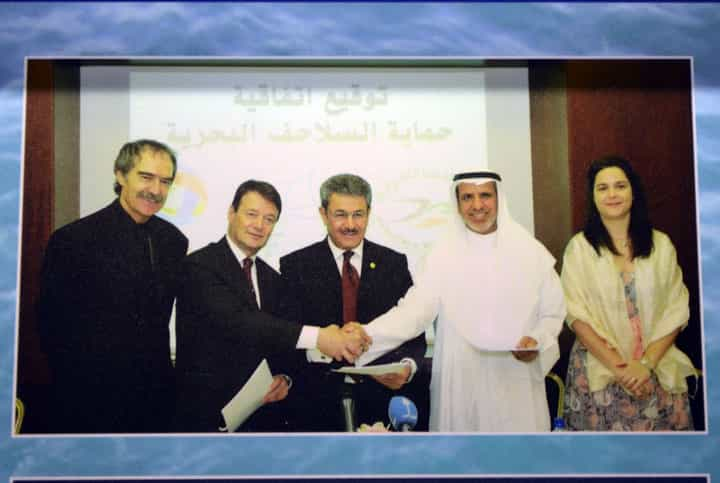Here is the detailed schedule of my visit to Sri Lanka:
Day 1: Arrive in the country after a painful overnight flight, do nothing and stay one night in a hotel near the airport to rest a little. Think about what to do in Sri Lanka.
Day 2: Drive to Kandy in the morning, onboard a PAINFUL local bus (the kind chickens would refuse to board) and stay indoors all afternoon as it rains like crazy outside.
Day 3: Beautiful day, go out and look at this temple where they apparently have one of Bhuddha’s tooth. Could not possibly care less, did not visit. Thought about visiting a tea factory outside of town, but remembered I don’t even like tea. Had coffee by the lake and looked at a guidebook I had previously downloaded. Temple this, mountain view that; both pictures and descriptions left me completely unmotivated and uninspired. Figured I would sleep on it.
Day 4: Though about a shorter itinerary over breakfast. Had a second cup of tea (I know, I don’t like it, but coffee is what I had ordered. It happens.) Then I though: but why? Having no answer to that question, I went back to Colombo and boarded the first plane to Bangkok.
A little impulsive? Perhaps, but I have no regrets. The funny thing is that I have nothing negative to say about the country (OK, other than the terrible transportation infrastructure and the fact there were ants in my soup. Not familiar with the expression “having ants in your soup”? It’s because there is no such expression: THERE-WERE-ANTS-IN-MY-SOUP, literally. And it was chicken soup, not some exotic Sri Lankan ant soup).
Anyway, the food is usually OK, everything is cheap, the people are very nice and they often speak good English, so you can exchange more than smiles, there is culture to be seen and experienced, some nice scenery, diving, etc. But, it just doesn’t inspire me. Actually, this entire part of the world leave me totally unenthusiastic: India, Pakistan, Bangladesh alike. It’s likely I will go to Surinam, Benin, Azerbaijan and the Marshall Islands before I visit India. Not sure why.
South Asia just makes me feel like this guy.
Anyway, Kandy is a nice town, I guess, with a beautiful artificial lake built by the last King of the Sinhalese monarchy, Sri Vikrama Rajasinha. The local chiefs complained about their people being forced to work on its construction. To convince them it was a good idea, he had them all killed. The argument proved decisive in the debate and as soon as they were dead, the chiefs stopped complaining. However, in hindsight, his decision to apply the same methods to British merchants was not such a great idea. The 2,300 year old dynasty, well, sort of ended right there and then. On the positive side, the new King’s name was much easier both to remember and pronounce: George III.
Car and human traffic, near the Kandy train station.
The first class “Observer Lounge” car, on the train back to Colombo. No air conditioning, and the shaking was so bad I thought the train might derail. I tried to use my computer but I put it away, not because typing was too difficult, but because I was afraid I might drop it!
Once in Colombo, I had a few hours to kill in the historic Fort District before making my way to the airport by means of a horrible 1.5 hour bus ride (in Africa they put four rows of seats in buses, and then add people in the aisle. In Sri Lanka, they put 5 rows and then add people in the aisle anyway! Nobody can fit in a seat, except perhaps South Park’s Starvin’ Marvin). Anyway, none of this touristing happened, and instead I took refuge in a TGI Friday, for some powerful air-conditioning, cold beer, and nice, overpriced, 100% ant-free food.
Final symptom of my boredom: I usually put a couple dozen pictures on my blog posts, often out of hundreds I took. In this case, I showed you 4 pictures out of 11, 8 of which are Kandy Lake from different angles. Could not have been less motivated… Sorry Sri Lanka.
#SriLanka

